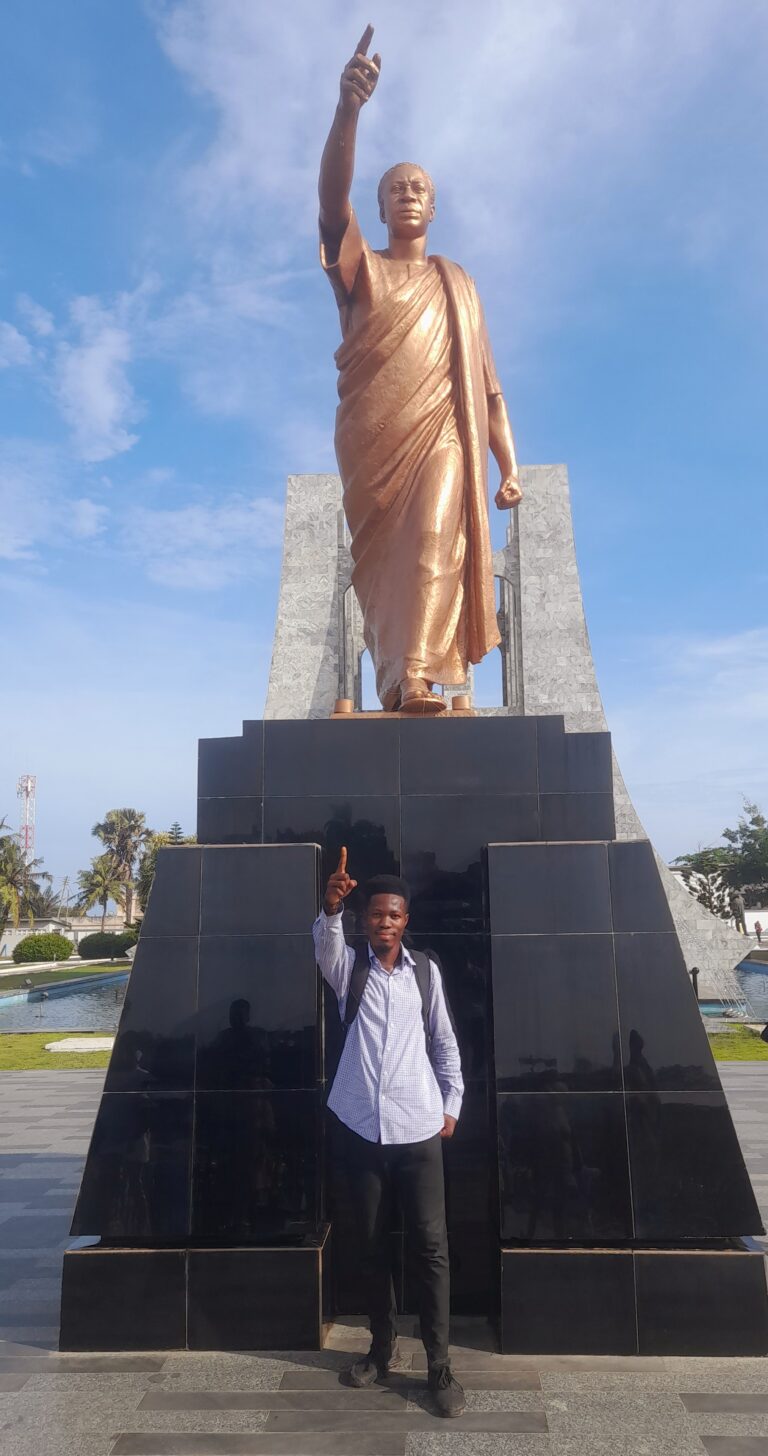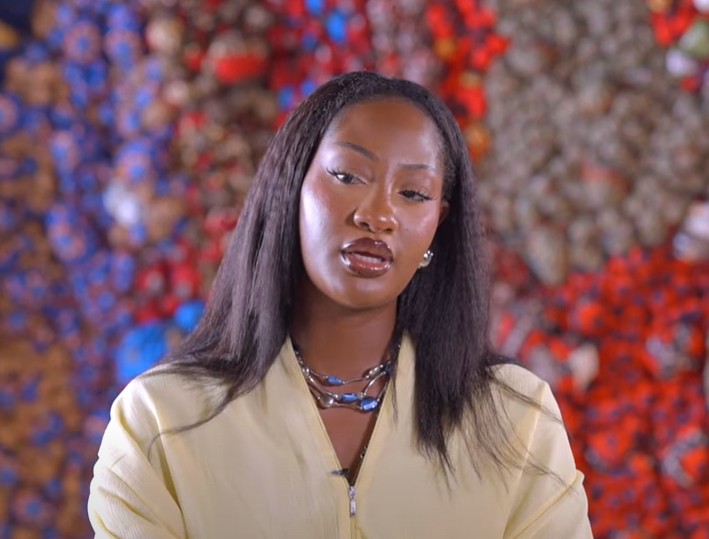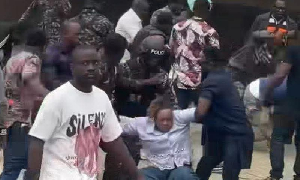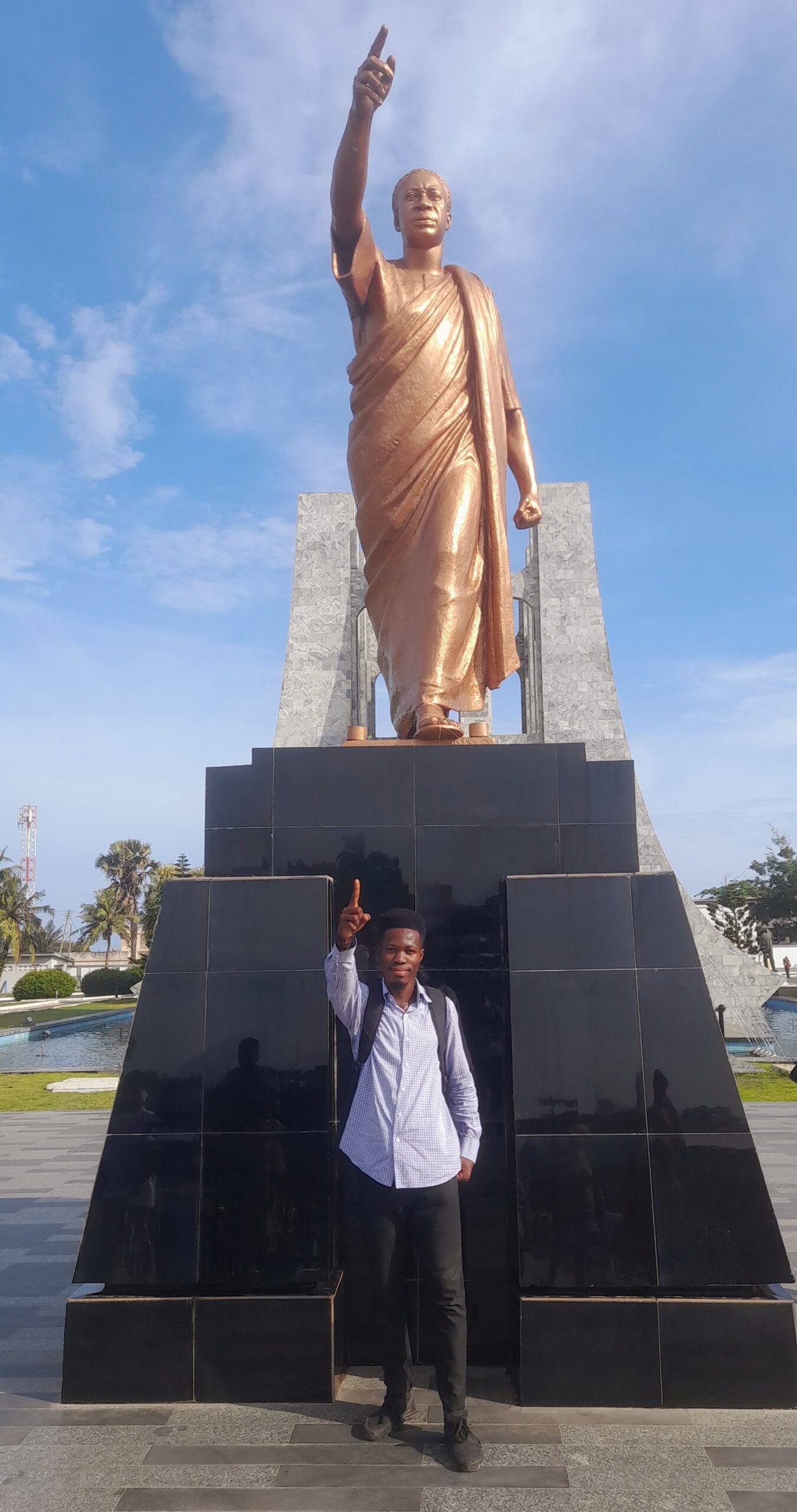
Dr. Kwame Nkrumah, born 21st September 1909 and died 27th April 1972, was a Ghanaian politician and revolutionary. He was the first Prime Minister and President of Ghana, having led the Gold Coast to independence from Britain in 1957.An influential advocate of pan-Africanism, Nkrumah was a founding member of the Organization of African Unity and winner of the Lenin Peace Prize in 1962.
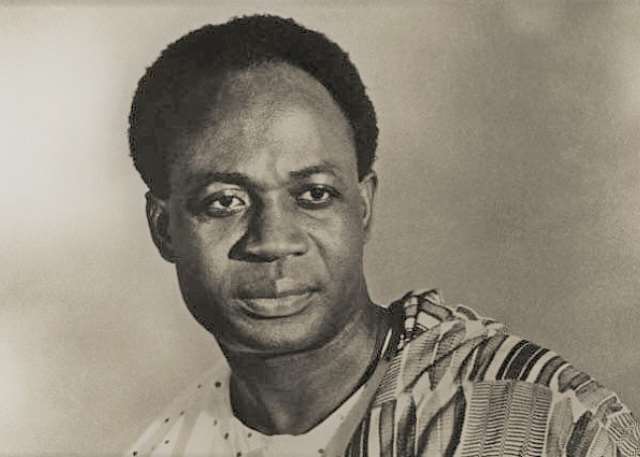
After twelve years abroad pursuing higher education, developing his political philosophy and organizing with other diasporic pan-Africanists, Nkrumah returned to the Gold Coast to begin his political career as an advocate of national independence. He formed the Convention People’s Party, which achieved rapid success through its unprecedented appeal to the common voter. He became Prime Minister in 1952 and retained the position when Ghana declared independence from Britain in 1957. In 1960, Ghanaians approved a new constitution and elected Nkrumah President.
In the heart of Accra, on the historic grounds where Ghana’s independence was proclaimed, stands the Kwame Nkrumah Memorial Park, a powerful tribute to Ghana’s first President and founder, Dr. Kwame Nkrumah. Established in 1992, the park occupies what was once the British colonial polo grounds, the very place where Nkrumah and his colleagues declared Ghana’s independence on March 6, 1957
The Mausoleum: Symbolism in Stone
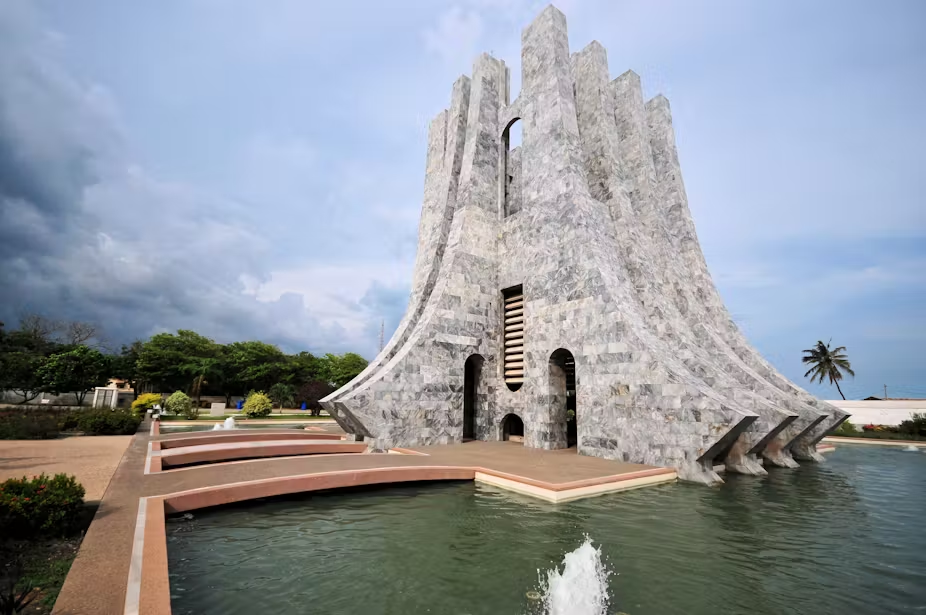
The centerpiece of the memorial is the striking mausoleum, designed by Don Arthur. Its form intentionally resembles an upside-down sword, a traditional Akan symbol for peace, and alternatively an uprooted tree, representing Nkrumah’s unfinished work for African unity.
The beautiful achitecture which is made entirely in Italian marble and crowned with a black star, the structure symbolizes unity and reflects Nkrumah’s vision for Ghana and Africa.
Inside, a skylight illuminates the mini-scale mastaba-style grave marker, surrounded by river-washed stones, evoking timelessness and respect. Encircling the mausoleum with water, an enduring symbol of life which conveys a poetic sense of immortality for Dr. Nkrumah’s legacy.
The Museum: Preserving Legacy Underfoot
Subterranean to the mausoleum is the museum, housing personal effects, publications, photographs, and correspondence that illuminate Nkrumah’s political vision, leadership, and global connections.
Here, visitors encounter images of Nkrumah with luminaries such as JFK, Nehru, Mao Zedong, Fidel Castro, Queen Elizabeth II, and other testaments to his influence on the world stage.
The principal front of the museum features Ghanaian Adinkra symbols and an elaborate relief, blending indigenous motifs with Egyptian influences. a nod to both Nkrumah’s Pan-African heritage and historical vision.
Landscape, Statues, and Symbolism
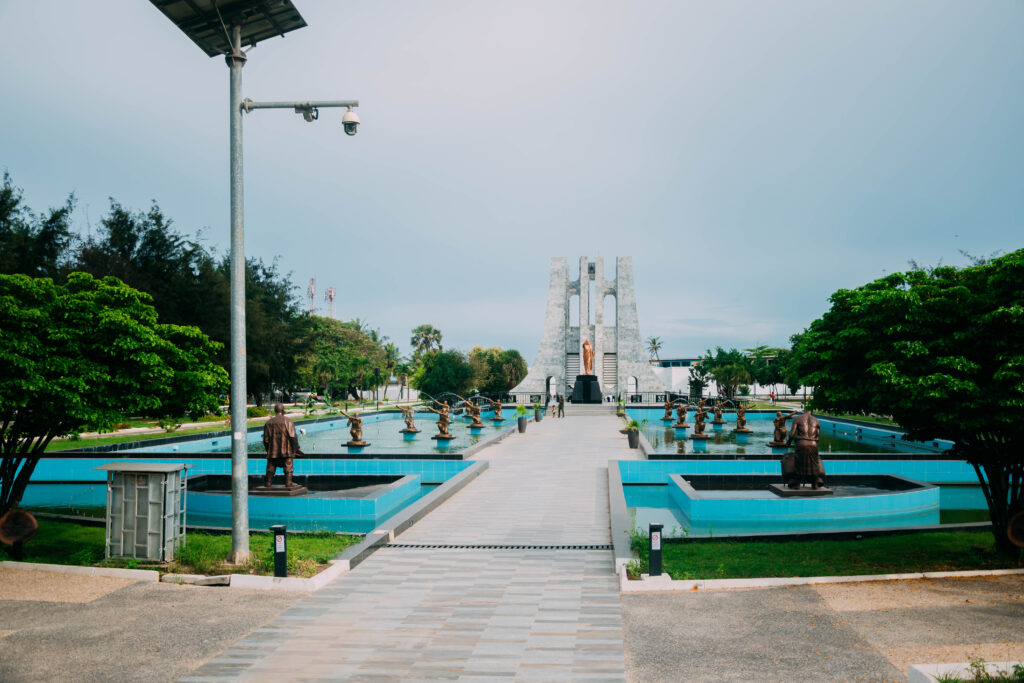
Surrounding the structure, visitors enjoy serene gardens dotted with trees planted by global leaders, water fountains, and sculptural figures of flute players welcoming guests infusing the space with peace, unity, and cultural depth.
Just before the mausoleum stands a large bronze statue of Nkrumah, captured at the very spot he declared independence, gesturing forward, embodying his party’s motto: “Forward ever, backward never”
Nearby, a relic of the past, a headless statue toppled after the 1966 coup remains as a poignant reminder of turbulent political chapters in Ghana’s history.
Significance Today
As one of Ghana’s top 10 most visited sites, drawing nearly 98,000 visits annually.
The Kwame Nkrumah Mausoleum and Museum is much more than a memorial; it is a beacon of education, reflection, and Pan-African symbolism. Managed by the Ministry of Tourism’s KWMP agency, it serves not just as a physical space but as a living archive of Nkrumah’s ideals, gathering relics, offering guided tours, organizing ceremonial re-enactments, and engaging the public through memorial lectures and cultural programs.
Through architecture, artifacts, and ceremony, the Kwame Nkrumah Museum tells a layered story of independence, Pan-African vision, cultural memory, and renewal. It stands unwavering in honoring a legacy that continues to inspire future generations.
CLICK TO WATCH THE FULL DOCUMENTARY
In what remains of this statue, Nkrumah is depicted with his right hand raised, in a greeting or waving motion, adorned in his favorite attire, a fugu, which is a traditional smock from northern Ghana and is wearing trousers and shoes.
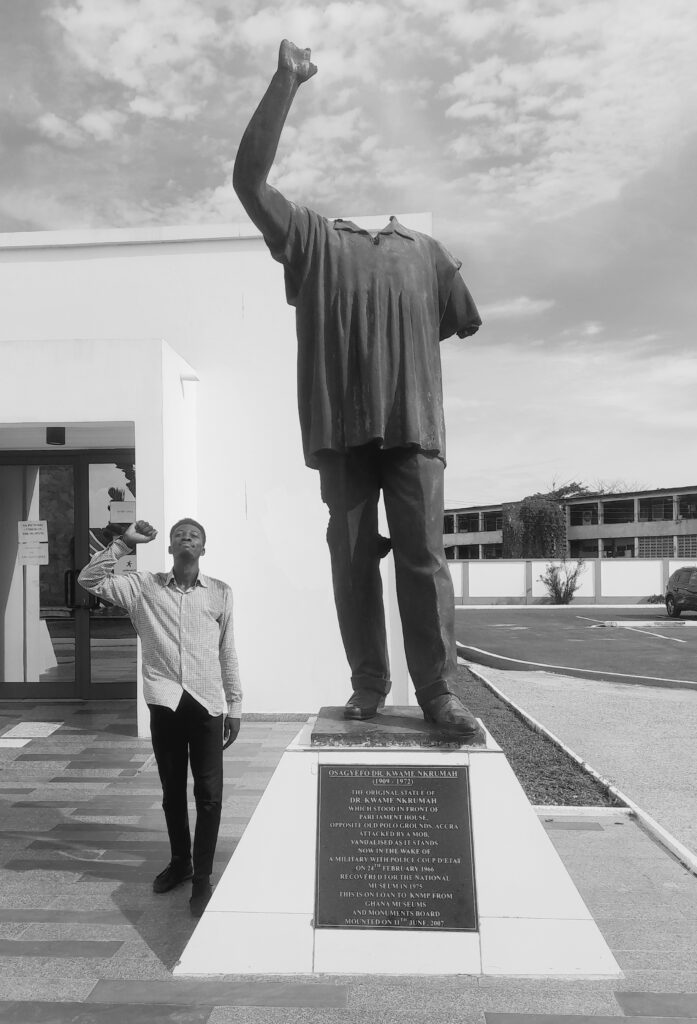
Following the 1966 coup which toppled his government, his statue was decapitated by crowds reveling in the end of what had become a de facto dictatorship. Although the remainder of the statue was recovered, the head went missing. A woman returned the head of the statue in 2009, after keeping it safe for 43 years.

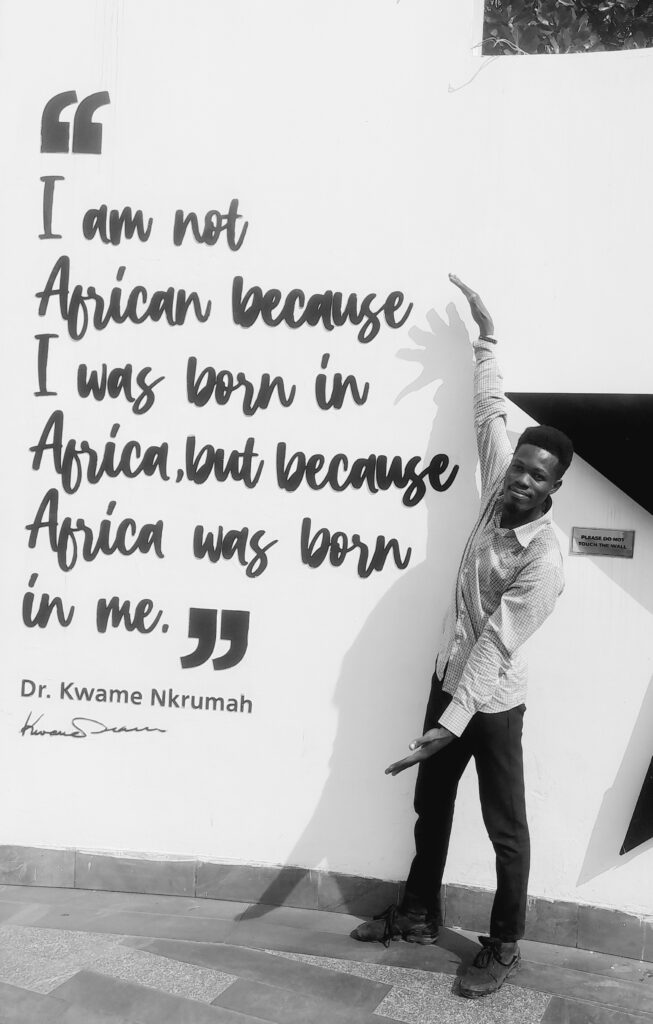
Article written by; Afedzi Agyapong Mensah

